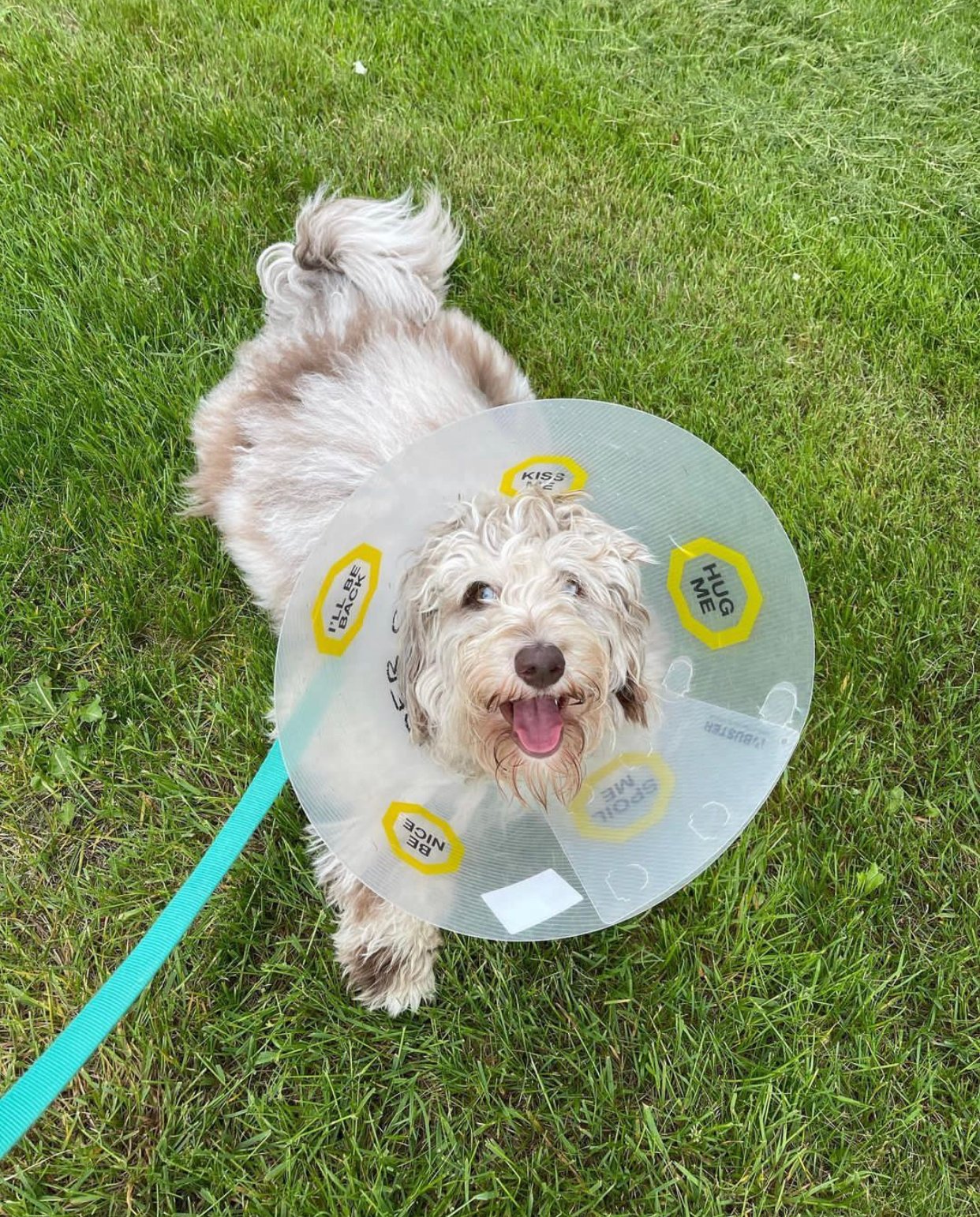
When will my Labradoodle lose its puppy teeth
Just like human babies, Labradoodle puppies go through a teething process that can be both adorable and frustrating. You might be wondering, “When will my Labradoodle lose its puppy teeth?” especially if you’ve caught your pup gnawing on your favorite sneakers or household furniture. The short answer: most Labradoodles begin losing their puppy teeth around 12 weeks of age, with the adult set usually in place by 6 months. But there’s much more to this process than timing alone.
Understanding when and how Labradoodle puppies shed their baby teeth is crucial to ensuring a smooth transition, managing discomfort, and setting your furry friend up for lifelong dental health. This post explores everything Labradoodle owners need to know—from developmental stages to teething symptoms, care tips, and when to worry.
🦴 Key Takeaways
- Labradoodle puppies start losing their baby teeth around 12 weeks old and usually have all adult teeth by 6–7 months.
- Chewing increases during teething, so offering the right toys can prevent damage to furniture and shoes.
- Dental hygiene routines should begin early to avoid health issues like infections and poor adult tooth alignment.
- Vet visits are essential if baby teeth don’t fall out on time or your Labradoodle appears to be in pain.
- We’ve also included a list of top Goldendoodle breeders, as many families researching Labradoodles also compare them to their close Doodle cousins.
Understanding the Puppy Teething Timeline in Labradoodles
Teething in Labradoodle puppies is a natural part of their early development. Like all dogs, Labradoodles are born toothless. By the time they reach 3 weeks old, they begin growing their first set of baby teeth, also called deciduous teeth. This initial set includes 28 tiny teeth that erupt quickly and serve the pup until adult teeth come in.
Here’s a general breakdown of when your Labradoodle will start teething:
- 2–4 weeks: Baby teeth begin erupting (usually still with breeder)
- 6–8 weeks: Full set of puppy teeth emerges
- 12–16 weeks: Baby teeth begin falling out
- 6–7 months: Adult teeth are fully in (42 permanent teeth)
Every dog develops at its own pace, but if your Labradoodle hasn’t started losing teeth by 16 weeks, it’s worth bringing up at your next vet appointment.
Signs Your Labradoodle is Teething
Not sure whether your pup is losing its baby teeth? Look out for these common signs:
- Increased chewing behavior
- Red or swollen gums
- Light bleeding in the mouth (especially on toys)
- Missing teeth or finding them on the floor
- Whining or irritability due to discomfort
- Less interest in dry kibble
Don’t worry—these behaviors are normal. Just like toddlers, puppies get grumpy when they’re uncomfortable. What’s important is helping them through the process safely.
How to Soothe a Teething Labradoodle
Your Labradoodle’s teething phase isn’t just hard on them—it can be tough on you, your shoes, and your furniture. The key is offering safe outlets for their chewing needs.
Helpful teething strategies include:
- Frozen carrots or wet washcloths: These soothe inflamed gums.
- Rubber teething toys: Choose vet-approved toys designed to massage gums.
- Puppy-specific dental chews: These can help loosen baby teeth naturally.
- Supervision and redirection: Keep valuables out of reach and redirect chewing behavior.
Avoid giving them hard bones or toys not designed for teething. These can cause more harm than good—fracturing baby teeth or creating pain that delays proper adult tooth eruption.
Potential Problems: When Puppy Teeth Don’t Fall Out
Most of the time, teething happens naturally. But in some cases, retained puppy teeth—when a baby tooth refuses to fall out—can cause serious dental issues like overcrowding, misalignment, and gum infections.
If your Labradoodle is over 6 months old and still has some baby teeth intact, schedule a vet checkup. Often, your vet may need to extract the retained teeth to ensure the adult ones come in correctly.
Also, dogs with retained baby teeth are more prone to long-term dental issues if not treated early.
Why Dental Health Begins in Puppyhood
Believe it or not, your Labradoodle’s dental health in adulthood begins with how their baby teeth transition. When puppy teeth fall out naturally and are replaced by properly aligned adult teeth, your dog has a lower risk of:
- Tartar buildup
- Gum disease
- Misaligned bites
- Tooth loss in adulthood
Getting your Labradoodle used to regular brushing, finger brushes, and routine dental checkups during puppyhood lays the foundation for a lifetime of good oral hygiene.
You can learn more about canine orthopedic issues like luxating patella here, which sometimes occur alongside improper tooth alignment in small-to-medium dog breeds.
Long-Term Care: Setting the Foundation for Adult Teeth
Here’s what to do as your Labradoodle finishes teething:
- Brush their teeth at least 2–3 times per week with a vet-approved dog toothpaste.
- Switch to adult food if your vet approves (typically around 6 months).
- Use dental treats or toys to maintain healthy gums.
- Book a vet dental exam annually starting from 12 months old.
Once teething ends, continue reinforcing good habits so your Labradoodle avoids painful dental surgeries and infections later in life.
Listicle: Top Goldendoodle Breeders in the United States (Ideal for Labradoodle Comparisons)
Many Labradoodle lovers also explore Goldendoodles due to their similar size, coat, and temperament. If you’re still deciding—or want to adopt a cousin breed—here’s a curated list of top Goldendoodle breeders to check out:
- Teddy Bear Goldendoodles – North Carolina
- Sutter Buttes Labradoodles & Goldendoodles – California
- Ashford Manor Goldendoodles – Indiana
- Golden Liberty Doodles – Nevada
- Jubilee Labradoodles – Oregon
- Midwest Goldendoodle – Illinois
- Red Rock Doodles – Utah
- Hilltop Pups – Indiana
- Goldenbelle Doodles – Texas
- South Carolina Goldendoodles – South Carolina
- Deb’s Doodles – Virginia
- Aladdin Doodles – Florida
- Moonlit Acres – Washington
- Gracie’s Goldendoodles – Colorado
- Prairie Hill Puppies – Kansas
- Red Barn Doodles – Tennessee
- Crockett Doodles – Multi-state breeder
- Southern Skies Doodles – Georgia
- Forever Country Doodles – Alabama
- Riverview Doodles – New York
- Twin Lakes Doodles – Kentucky
- North Star Doodles – Minnesota
- Maple Hill Doodles – Ohio
- Smeraglia’s Teddy Bear Goldendoodles – Alabama
- SwissRidge Kennels – Canada (Ships to U.S.)
These breeders are known for ethical practices, genetic testing, and raising well-socialized puppies in family-oriented environments. Always request health records and schedule a virtual or in-person visit when possible.
Conclusion: Preparing for Your Labradoodle’s Dental Milestones
So, when will your Labradoodle lose its puppy teeth? Most likely between 12 to 16 weeks, with the process completed around 6–7 months. During this time, your support makes all the difference. From choosing the right chew toys to managing symptoms and watching for complications, you’ll help your Labradoodle grow into a confident, healthy adult with a happy smile.
If you’re also exploring adoption options or comparing breeds, the breeders listed above offer a fantastic starting point.
And for broader insights on canine health, explore this AKC resource, which covers joint and skeletal issues to be aware of in breeds like Labradoodles.
🐶 Frequently Asked Question
How can I tell if my Labradoodle’s adult teeth are coming in properly?
You should notice white, larger teeth replacing the baby ones by 5–6 months. They should come in evenly, with no crowding or overlapping. If you see double teeth, broken teeth, or notice bad breath, it’s best to contact your vet for an oral exam.




